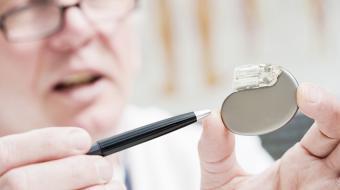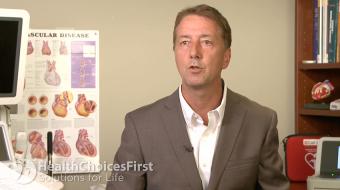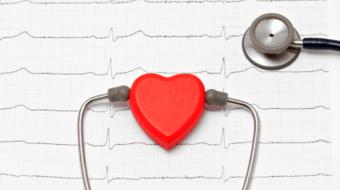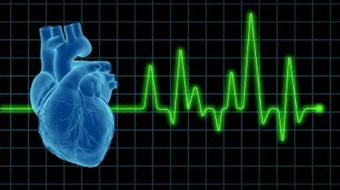Featured Videos
Premier Practitioners
All Videos
A pacemaker is a small device that's placed in the chest or abdomen to help control abnormal heart rhythms. This device uses electrical pulses to prompt the heart to beat at a normal rate. Get the answers you need to take control of your health from our up-to-date, complementary cardiac pacemaker resources from your local cardiologists.
A cardiac pacemaker is the natural pacemaker of your heart, which controls your heart rate. An artificial pacemaker is a small device that’s surgically placed under the skin of the chest and uses electrical pulses to help control your heartbeat. People with an arrythmia (irregular heartbeat) may require a pacemaker. An arrythmia can be caused by a heartbeat that's too fast (tachycardia) or too slow (bradycardia) and can be treated by a cardiologist.
Who Needs a Pacemaker?
An artificial cardiac pacemaker may be implanted temporarily after a heart attack or heart surgery. Or, you may require a permanent pacemaker to correct an irregular heartbeat. During the minor surgical procedure to implant your pacemaker, the physician will usually place it below the collarbone, and then connect it to the wires that lead to your heart. The device will monitor your heart rhythm and trigger an electrical impulse to correct your heartbeat when needed. Your artificial cardiac pacemaker will need to be replaced every 5 to 10 years. Many of today’s pacemakers can also monitor things like breathing and blood temperature, and can even adjust your heart rate to changes during activity.
Types of Pacemakers
There are two different kinds of pacemakers. There are pacemakers that sit under the skin and have one, or up to three wires that go through a vein into the chambers of the heart. Secondly, there are pacemakers that have no wires, that go up through the groin and are tethered into the heart tissue but have no leads. Leadless pacemakers are placed through a tube that’s placed in the groin under local anesthetic. There is a catheter much like a fishing rod that is placed through that tube. The leadless pacemaker is at the end of that catheter, and there are tines at the end of the pacemaker. The tines then attach to the tissue of the heart. The pacemaker is then set free, much like a fish on a fishing wire. The wires are let out, the pacemaker is checked and then the fishing line is cut to let the pacemaker free. Then the catheter is withdrawn and the tube is taken out. This is also a day procedure. Leadless pacemakers, unlike pacemakers that are placed with wires in the heart, have potential benefits. This may be a lower risk of infection, as there is no incision or sutures.
Talk to your cardiologist if you'd like more information on pacemakers.
Visit HealthChoicesFirst.com for more videos and resources on heart health. The physicians are in good standing with the College of Physicians and Surgeons of Canada, and are in good standing with the Canadian Cardiovascular Association and the Canadian Medical Association











